Given access to suitable topojson and bitmaps, I use the topoJSON file to generate a SVG viz via D3js. Then I append a bitmap to it via :
// Append bitmap
svg.append("image")
.attr("xlink:href", "./myimage.png")
.attr("width", width)
.attr("height", height)
.attr("class", "bg");
But this actually just add a link toward the image. Also, when I select the dataviz DOM, and save it as SVG, I don't have the bitmap binary, but just the bitmap's link.
Is it possible, and how to really embed my .png binary into my SVG DOM via D3js or javascript ?

See also: https://rugger-demast.codio.io/front/_location_map-en-wikiatlas.html , where you can try to download the SVG.